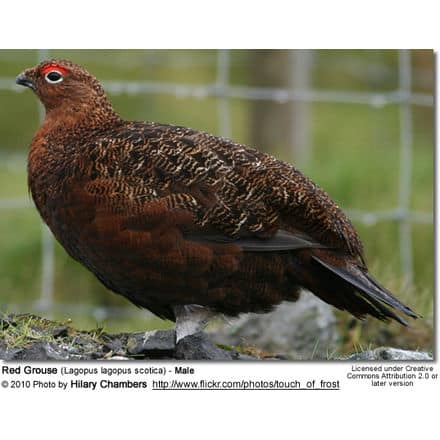White-collared Mannikins (Manacus candei)
The White-collared Manakins, Manacus candei, is a passerine bird in the manakin family. It is a resident breeder in the tropical New World (Americas) from southeastern Mexico to Costa Rica and the extreme west of Panama.
It occurs in the lowlands and foothills of the Caribbean slope up to 700 m, being replaced on the Pacific slopes of Costa Rica and western Panama by the closely related Orange-collared Manakin, M. aurantiacus.
This is a bird of thickets at the edges of moist forest, tall second growth and old cacao plantations.
Breeding / Nesting:
The female lays two brown-speckled white eggs in a shallow cup nest 1-3 m high in a horizontal tree fork. Nest-building, incubation for 18-21 days, and care of the young are undertaken by the female alone, since manakins do not form stable pairs.
Tlike other manakins, this species has a fascinating breeding display at a communal lek. Each male clears a patch of forest floor up to 120 cm across to bare earth, and leaps to and fro between thin upright bare sticks, giving a loud wing snap. When a female is present males jump together, crossing each other above the bare display court. The throat feathers are also erected to form a beard.
Description:
The White-collared Manakin is, like its relatives, a compact short-tailed bird with a heavy hooked bill, orange legs and brightly colored male plumage. It is typically 11 cm long and weighs 18.5 g.
The adult male has a black crown, wings and tail, and a black band across the midback. The rest of the head, neck, breast and upper back are white, the rump is olive-green, and the belly is bright yellow.
The male wings are heavily modified, with the five outer primaries very narrow for their outer half, and the inner primaries thickened and bowed. This feature is shared only by the male Orange-collared Manakin. The male’s call is a rolled preew, and the wings are used to make a loud snap like a breaking twig, as with other manakins, and various rustling and whiffling noises produced by the modified wings.
The female and young males are olive-green with a yellow belly. They are very similar to female Orange-collared Manakin, but there is no range overlap.
Diet / Feeding:
The White-collared Manakin feeds low in the trees on fruit and some insects, both plucked from the foliage in flight. It forms loose groups in its breeding areas, but is more solitary in the lowlands, although it may join tanagers and others in mixed-species feeding flocks.




